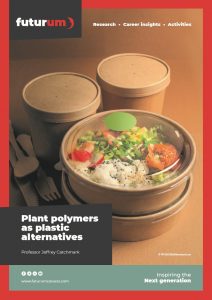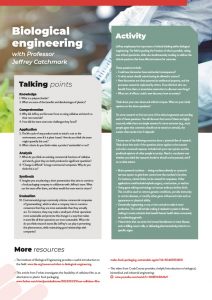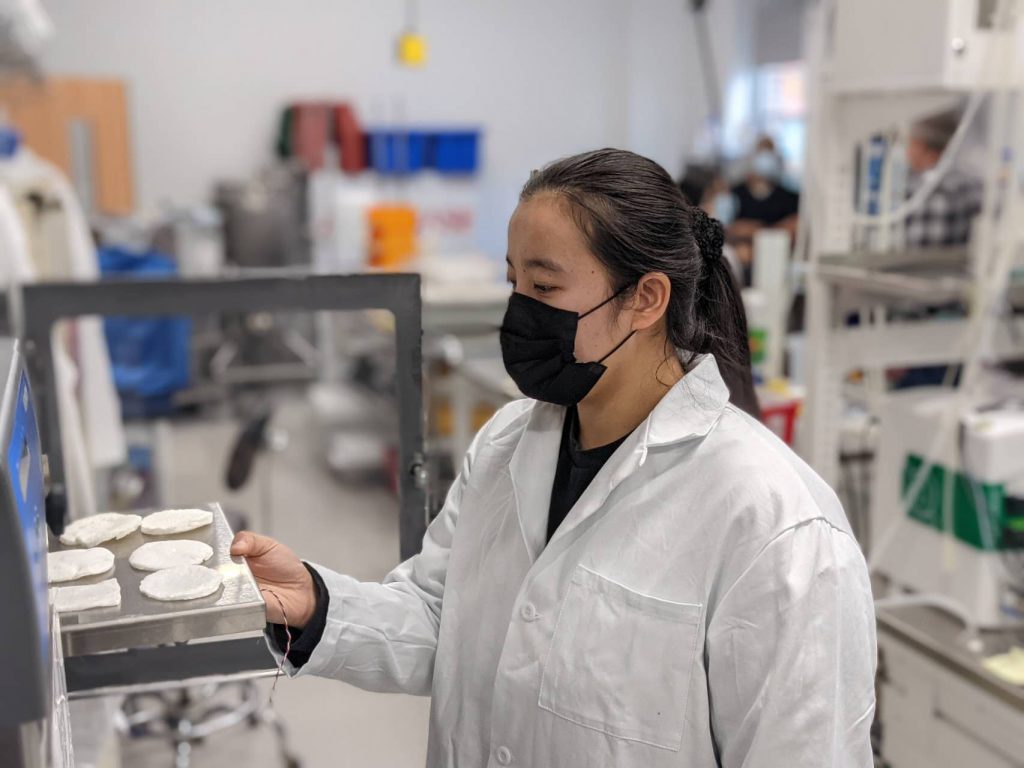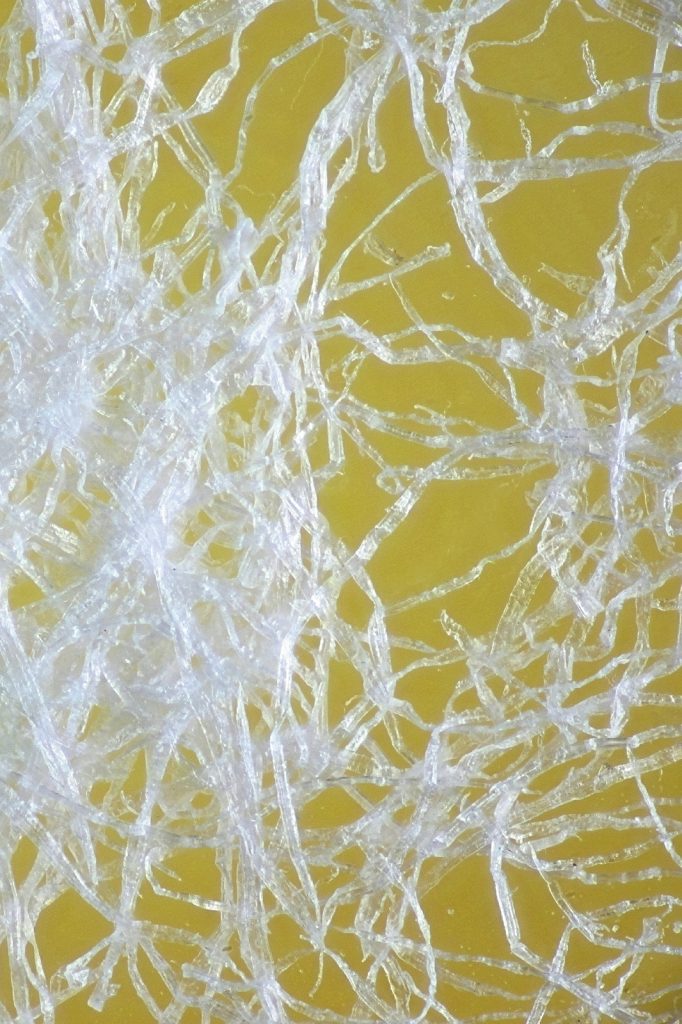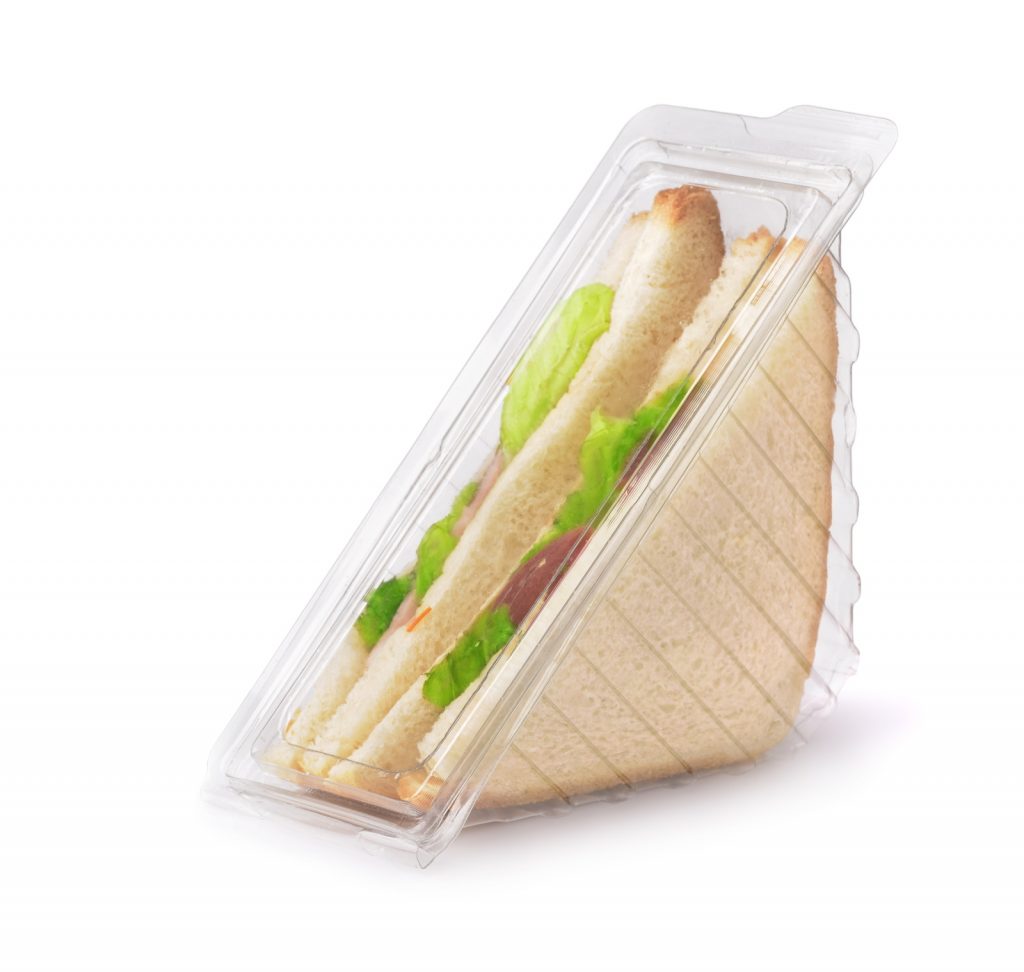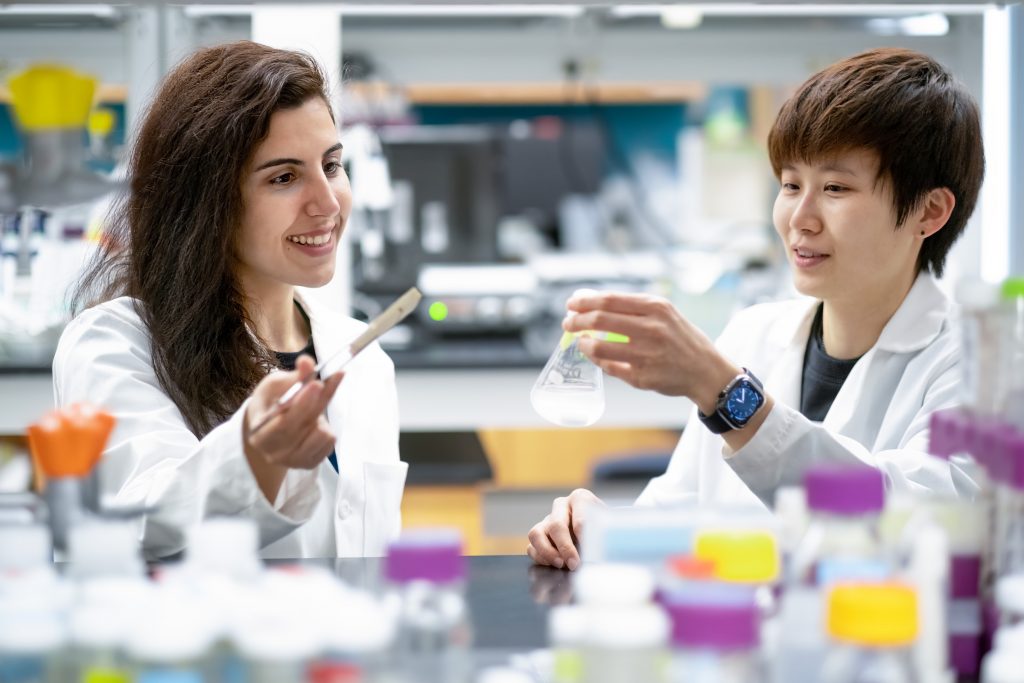Plant polymers as plastic alternatives
Plastics are cheap and versatile but have a long-lasting environmental impact, and the race is on to roll out effective alternatives. Professor Jeffrey Catchmark and his team at Pennsylvania State University in the US believe they have one such solution, using common plant-based materials to create sustainable food packaging.
Talk like a biological engineer
Biological engineering — a scientific field that combines the principles of biology and the tools of engineering to create useful products
Cellulose — a polysaccharide that gives structure to plant cell walls and vegetable fibres
Polymer — a substance with a molecule structure consisting (at least mostly) of many similar units bonded together
Polysaccharide — an organic substance with a large number of sugar molecules bonded together
Starch — a polysaccharide found in cereals and potatoes, functioning as a carbohydrate store
Plastics revolutionised the world, creating a vast array of materials that greatly expanded what people could produce and distribute. However, they carry a heavy toll: plastics require fossil fuels to be produced, and their longevity means that they can continue to exist for thousands of years into the future. This makes plastics a major source of pollution, and there is a global drive to reduce their production and use.
Based at Pennsylvania State University, Professor Jeffrey Catchmark and his team are addressing the key question of which materials could replace plastics. They are focusing on one application in particular – the use of plastic coatings within food packaging. For instance, a sandwich might be sold in a paperboard package with a plastic-coated inner side, which keeps the food fresh and stops water and oils from permeating but prevents the packaging from being effectively recycled or biodegraded. Jeffrey’s team is developing a plant-based alternative to this product that solves this issue.
Plant matters
“We are focusing on a class of molecules known as polysaccharides, which are polymers of sugars,” says Jeffrey. “They are typically derived from plants.” The most abundant plant polysaccharides are cellulose and starch, and these two materials form the focus of Jeffrey’s work. “Cellulose is primarily extracted from wood, while starch is extracted from corn, potato, cassava, rice or wheat,” says Jeffrey. “Millions of tonnes of these polymers are produced commercially every year.” Jeffrey’s team has combined different types of celluloses and starches to form a coating on paperboard that has the same liquid-resistant properties as plastic but can also be composted.
“Our new technology eliminates the need for unsustainable plastic and fluorine coatings in many applications, reducing pollution and human health hazards,” explains Jeffrey. “The materials also cost less than plastic, require no new equipment, and use existing production technologies.” Given that cellulose production is already a big industry, Jeffrey is positive that this can provide the raw material needed to displace a large proportion of plastic production. “The coating can also be recycled with the paperboard, but if it ends up elsewhere, it will naturally degrade with no harmful impact on the ecosystem,” he says.
From lab to factory
How does such a product come into existence? “The first step is the vision,” says Jeffrey. His team began its research with the end goal of creating a sustainable and practical alternative to plastic packaging. “From the vision comes a strategy,” Jeffrey continues. “We focused on the lowest-cost, highest-volume sustainable polymers out there: celluloses and starches. Next came innovation.” The main breakthrough came when the team explored the use of oppositely-charged polysaccharides. The combination of positive and negative charges created attraction between the long molecules, giving the composite materials the stability that was needed for manufacturing.
“We created many formulations and tested to industry standards so that companies would understand the performance of our product and the opportunities it granted,” explains Jeffrey. In fact, the team worked with nearly 30 companies to fine-tune its coating formulation for different packaging types. “We learned something new from each company, and each product application posed a new challenge,” Jeffrey says. “Discovering how to translate technologies developed in the lab into products that make a real difference is really exciting.” One big lesson from across all companies was that change is difficult. It became clear that to make such transitions more likely, processes had to be easily manufacturable, using readily-available materials that are familiar to the industry.
Rising to challenges
A major challenge for the team was accounting for the different timescales between labs and production companies. “We had to work hard to keep up with company needs,” says Jeffrey. “Often, the specifications would shift as we were in development.” With these lessons learnt, the team is now setting up a company which will have the resources and flexibility to work with other companies on short timescales.
Another challenge involved negotiating with cellulose and starch suppliers. “The suppliers are usually interested in selling tonnes of material, not the pounds we need for trials,” says Jeffrey. “Creating positive relationships was key to overcoming this!” While the team does not buy much raw material, if its packaging solution is well-received, the suppliers could see a jump in demand for their product from manufacturers. Convincing suppliers of this outcome is an effective way to get them on board.
“We hope to have this product on the market within a year,” says Jeffrey. “But our research won’t stop there. We aim to continue making our product even more sustainable.” The team will be investigating how to manufacture the plant-based packaging using fewer resources and chemicals, less energy, and with an eye on any other socio-ecological impacts.
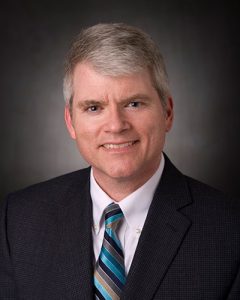 Professor Jeffrey Catchmark
Professor Jeffrey Catchmark
Department of Agricultural and Biological Engineering, Pennsylvania State University, USA
Field of research: Biological Engineering
Research project: Developing a sustainable alternative to plastic paperboard coatings, using readily-available plant polymers
Funders: US Army, Department of Agriculture (USDA), National Science Foundation (NSF)
Reference
https://doi.org/10.33424/FUTURUM433
Graduate student in Penn State’s College of Agricultural Sciences Caini Chen is taking out the biodegradable wound dressing material made with starch from the freeze dryer.
© Dr Jeffrey Catchmark
© Henri Koskinen / Shutterstock.com
Plastic food packaging keeps food fresh, but its use is unsustainable. © Anton Starikov / Shutterstock.com
Finding a solution to a problem involves having a vision, forming a strategy and being innovative. © Gorodenkoff/Shutterstock.com
Graduate students in Penn State’s College of Agricultural Sciences Parisa Nazemi Ashani (left) and Wei-Shu Lin (right) are working on a project to support the Chesapeake Bay.
© Dr Maria Spencer
About biological engineering
Biological engineering integrates concepts from life sciences with practices from engineering. Its scope is huge, ranging from the engineering of molecules through to entire ecosystems. Jeffrey’s work focuses on the micro scale, engineering naturally occurring molecules into products with useful commercial properties. In particular, the products provide sustainable alternatives to polluting materials. Jeffrey explains more about his career and field.
“Biological engineering is one of the most exciting disciplines out there. It involves understanding and manipulating living systems and the things these systems produce. Traditionally, it has focused on areas like agriculture and biomedicine, but it has since become much broader. Nowadays, it encompasses artificial intelligence (AI), the brain-computer interface, synthetic biology, and even social and ethical analysis.
“Biological engineers are engineering life. In some cases, this means genetically engineering a microbe or plant and, in others, can mean engineering a food production process, a sustainable wastewater system, or a robotic limb that connects to a person’s brain. I believe biological engineers may have more impact on the technology that shapes humanity and our environment than any other discipline.
“For 10 years, I have been involved in ethics education and ethical organisational management, and I want to spend more time in this area. I strongly believe that the world needs engineers with strong critical thinking skills, who know how to ask questions, understand bias, construct and evaluate arguments, and think comprehensively and creatively. This goes hand in hand with ethical thinking. There are ethical aspects to everything we do, and we need to understand our own values and the values of others to make good decisions.
“If you’re interested in biological engineering, I recommend getting to know some biological engineers and understanding what they do. This can include asking how they prepared for their career, what made them successful, what drives them, and what they find challenging. You can start at your local university or via engineering societies and organisations. Find out what excites you and keep asking questions!”
Jeffrey’s top tip
Ask yourself about yourself. What are your values? Where did they come from? What contributions do you want to make to the world? How are you developing and addressing both your strengths and weaknesses? What energises you? What are your near-term and long-term goals? Once you have a better understanding of yourself, you can start planning your next steps.
Pathway from school to biological engineering
Jeffrey says that biological engineering entails a robust understanding in maths, physics, chemistry and biology. He also emphasises that the world needs responsible engineering leaders and suggests developing skills in critical thinking and ethical thinking, such as through classes in philosophy, ethics, history, sociology, psychology or politics.
Explore careers in biological engineering
• The Institute of Biological Engineering’s ‘Ask an Expert’ feature is specifically designed for learners to receive answers to their questions from biological engineering experts.
• Pathways to Science contains a directory of internship opportunities for different STEM fields. You can find internships relevant to biological engineering.
• According to PayScale, the average salary for a biological engineer in the US was around $74,500 in 2023.
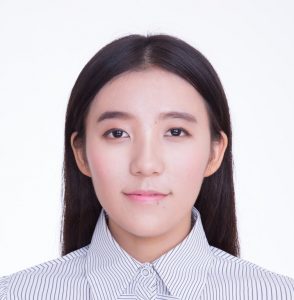
Caini Chen
PhD Graduate Assistant
I have always loved unravelling complex challenges. The idea of being able to apply scientific knowledge to address real-world problems captivates me. I followed an engineering major and then pursued biological engineering, aiming for a career that not only satisfies my passion for problem solving but also aligns with my core values.
As a student of Dr Catchmark, I have developed a strong sense of ethical awareness. This is an important attribute for everyone, no matter what career you are in.
Another attribute that has shaped me as a scientist is my passion for learning. I am always seeking opportunities to learn. This has helped me to think outside of the box when I am facing intricate problems, and it has also helped me to stay curious and open-minded about the world.
During my senior year of undergraduate studies, I took a class with Dr Catchmark, and I soon decided to pursue a PhD under his guidance. It is hard to find an advisor who not only inspires you academically but also imparts invaluable life lessons. Under his mentorship, I have not only evolved into a better researcher but also a better person.
I am currently working as our lab manager. One of the primary tasks for me is to order necessary supplies for the lab and maintain an organised inventory system to prevent any delays in research activities.
The highlight of this research for me is successfully transitioning the lab-scale product to the commercialisation stage. This paves the way for its use among the general public in the near future. Witnessing the process of transforming a concept into a tangible reality that could benefit countless individuals has been an incredibly meaningful experience, reinforcing my commitment to advancing scientific knowledge and fostering innovation.
My aim is to establish my own company, developing affordable sustainable materials.
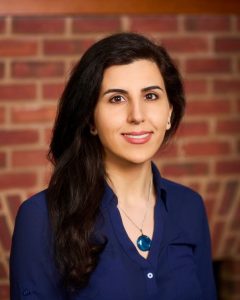
Parisa Nazemi Ashani
PhD Graduate Assistant
I pursued a PhD in biological engineering after studying chemical engineering and working on biofuels. My passion for protecting the environment led me to explore other sustainable materials and processes. I’m committed to making a positive impact on our planet through innovative research and collaboration, pushing the boundaries of what’s possible in the field.
I love mathematics, problem solving and logical thinking. This interest and great mentors motivated me to study a STEM major, learn critical thinking and become a scientist.
In Dr Catchmark’s lab, we prioritise sustainability without compromising quality. I am motivated to contribute to a better future, aligning my aspirations with the lab’s mission to create eco-friendly solutions with a positive impact.
As the most experienced PhD student in the lab, my role involves mentoring and training other students. Our group fosters a culture of collaboration, sharing research questions and exploring solutions together.
The highlight of this research is its incredible potential for diverse applications. Working on solutions with tangible results has been the most joyous aspect of my academic career, and it’s rewarding to know that our efforts will soon translate into practical applications.
Dr Wei-Shu Lin and I have also collaborated with the Chesapeake Bay Foundation and Plantra to devise a plant-based, sustainable grow tube to replace the plastic grow tubes being used by Pennsylvania’s Keystone 10 Million Trees Partnership.
My ambitions revolve around this type of environmental stewardship. I am determined to play an active role in reversing the detrimental impact of human actions on the environment.

Dr Wei-Shu Lin
PhD Graduate Assistant
My initial major was in wood science. My home country boasts a vast forested area, and I wanted to contribute to my country’s sustainable development. However, my curiosity led me to delve into sustainable materials beyond the realm of wood-based resources, which led me to biological engineering.
The first time I worked in a lab, I learnt how to synthesise a resin with wood-based ingredients. Creating something from nothing made me want to create something the world needs.
As an undergraduate student, I focused on studying sustainable materials, modifying traditional resins to enhance their biodegradability. I then joined Dr Catchmark’s lab, as his work centres around natural fibre-based materials – a field that has always captivated my interest.
Upon joining the lab, I found myself as the sole PhD student, which meant taking on the responsibility of mentoring incoming junior students and guiding them on their academic journeys. My role involved helping them get acclimatised to their studies and setting them on the right path for success.
The highlights of this research journey have been truly remarkable. While the concept itself may not be new, our unique approach transformed it into an entirely novel application. The most rewarding aspect is realising that this unexplored avenue has ignited curiosity and interest among individuals who previously hadn’t considered the possibilities it presents.
My proudest career achievement is the 10 Million Trees project I undertook with Parisa. I am particularly proud that our idea successfully progressed to the next stage of prototype development, solidifying our commitment to making a positive impact through sustainable solutions. This experience has further reinforced my dedication to creating a greener and more sustainable future.
Do you have a question for Jeffrey, Caini, Parisa and Wei-Shu?
Write it in the comments box below and Jeffrey, Caini, Parisa and Wei-Shu will get back to you. (Remember, researchers are very busy people, so you may have to wait a few days.)

